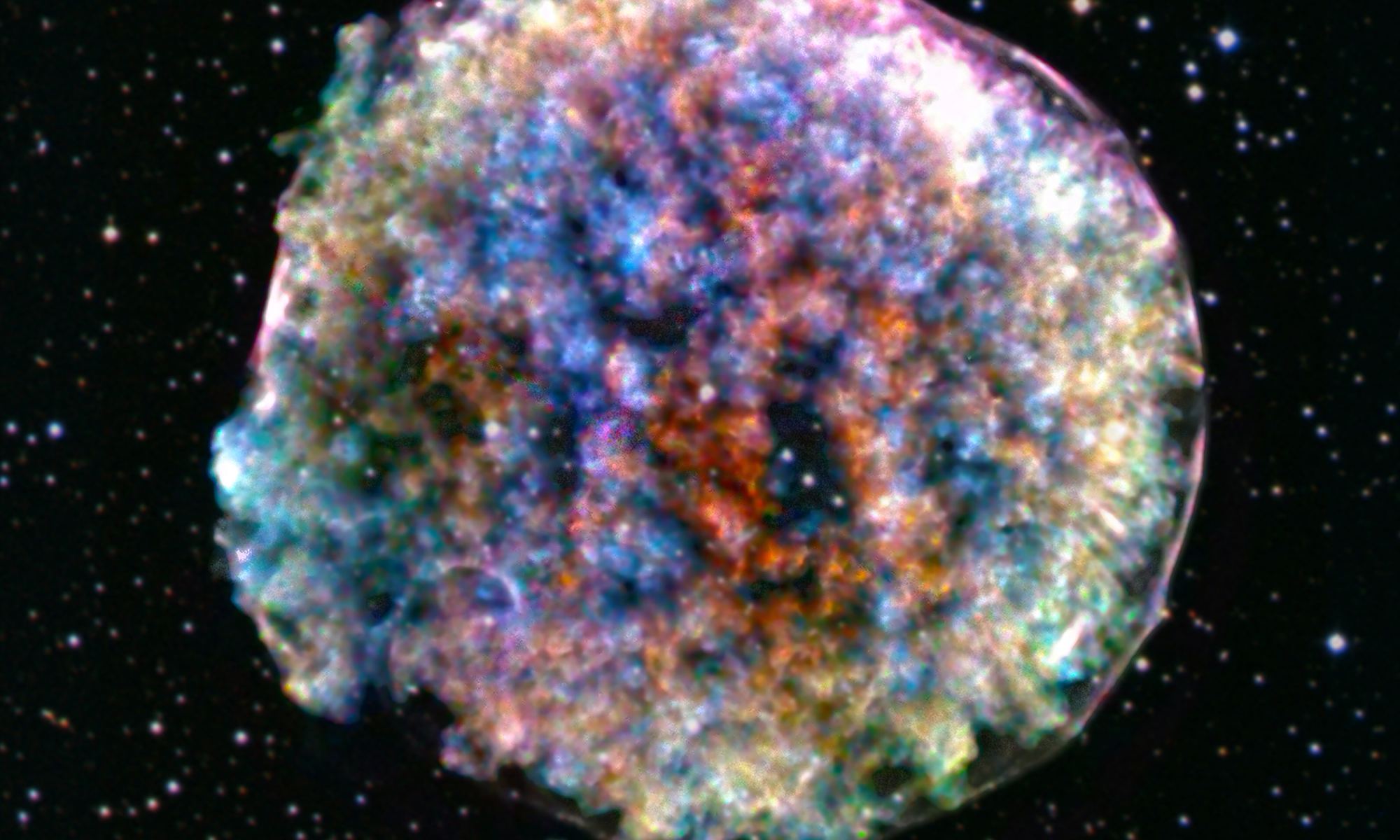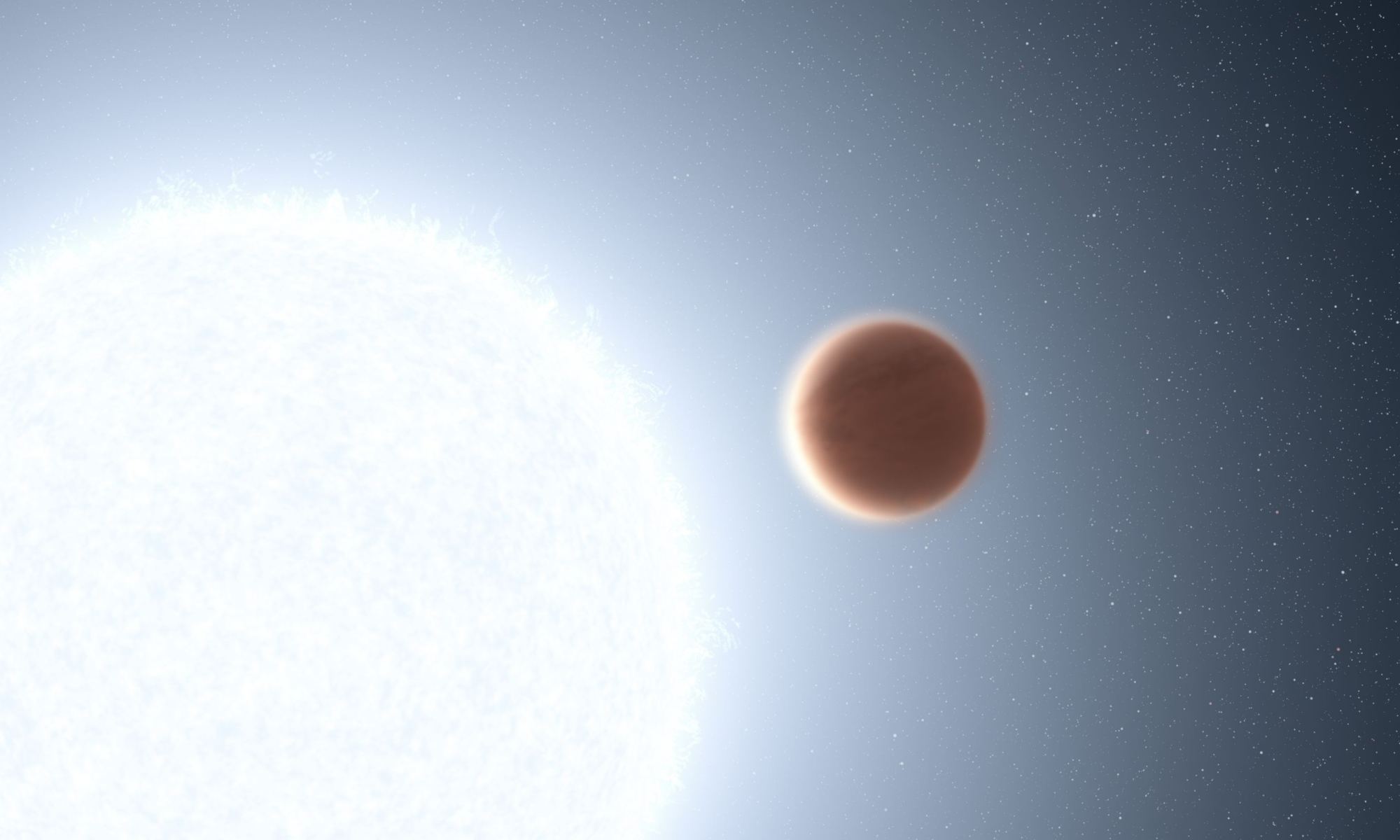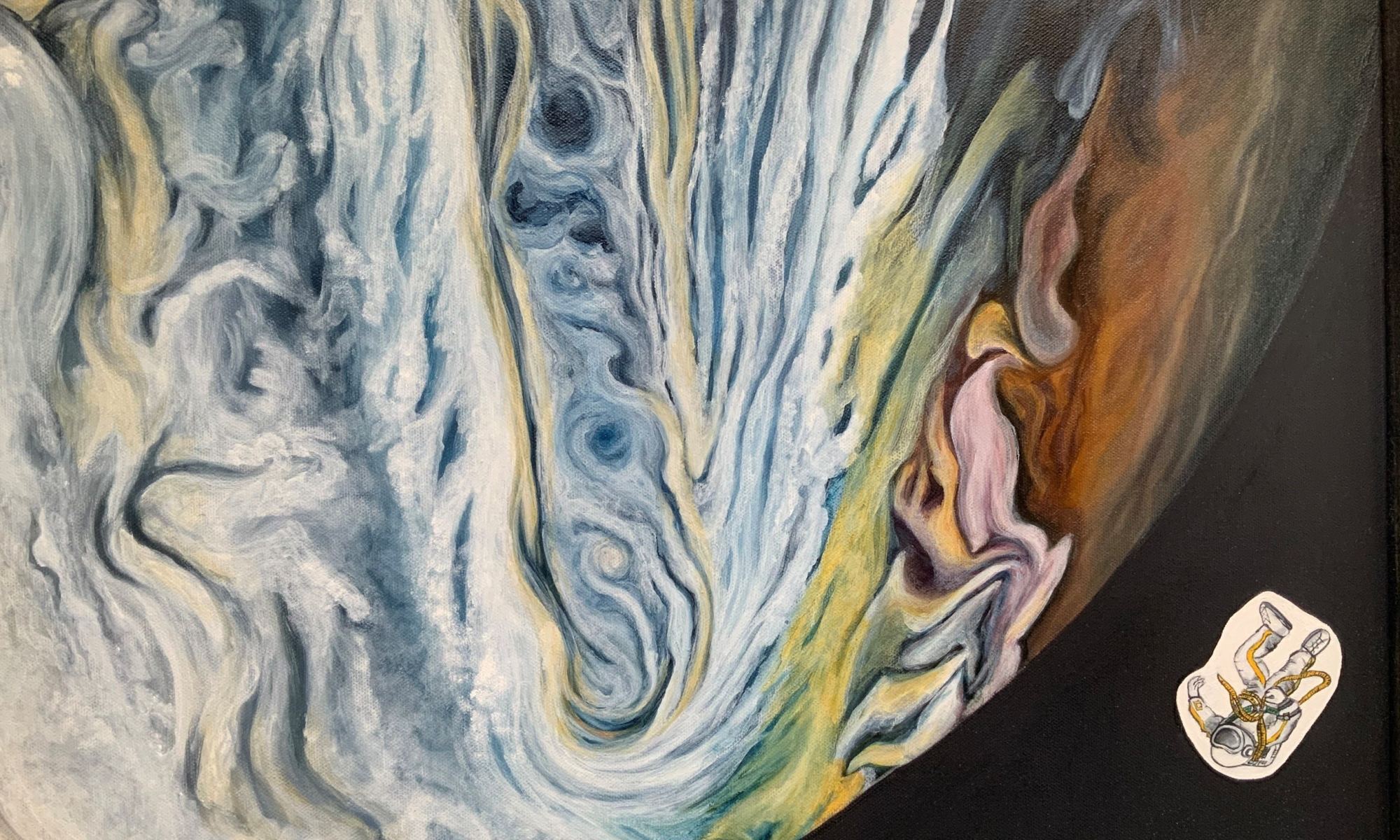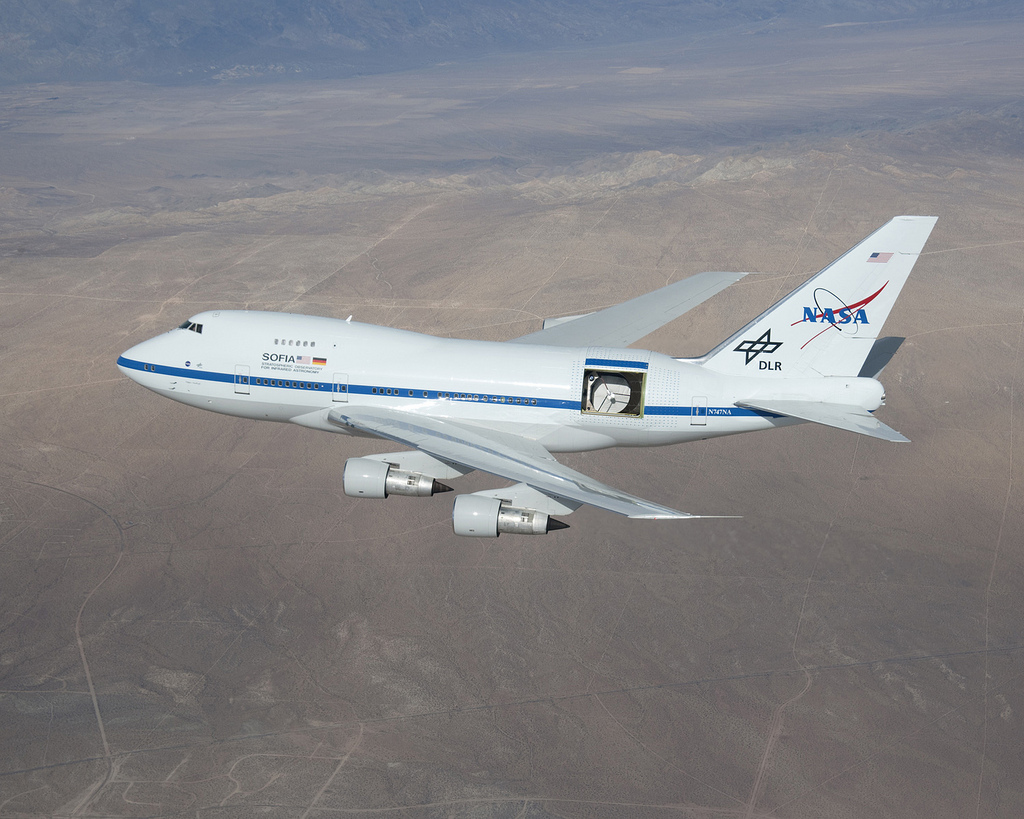In a recent study submitted to High Energy Astrophysical Phenomena, a team of researchers from Japan discuss strategies to observe, and possibly predict precursor signatures for an explosion from Local Type II and Galactic supernovae (SNe). This study has the potential to help us better understand both how and when supernovae could occur throughout the universe, with supernovae being the plural form of supernova (SN). But just how important is it to detect supernovae before they actually happen?
Continue reading “Can Astronomers Predict Which Stars Are About to Explode as Supernovae?”Hubble Checks the Weather on Hot Jupiters. Forecast: 100% Chance of Hellish Conditions
While the Hubble Space Telescope celebrates 32 years in orbit, like a fine wine, it has only gotten better with age as it continues to study the Universe and teach us more about our place in the cosmos. Hubble doesn’t just take breathtaking images of our Universe, but it also studies our own solar system, galaxies, and exoplanets, as well. It is this last subject where Hubble has recently been hard at work, though.
Continue reading “Hubble Checks the Weather on Hot Jupiters. Forecast: 100% Chance of Hellish Conditions”Mixing Science and Art, One Painting at a Time
All her life, Laci Shea Brock has needed to be creative and inventive. So, perhaps it’s not completely surprising that in addition to pursuing her PhD in planetary sciences and astrophysics, she’s also a talented artist.
“My Dad says I’ve always had a paintbrush in my hand,” Brock said, “and I’ve always been inspired by space and nature.
Continue reading “Mixing Science and Art, One Painting at a Time”The Destruction of Dark Matter isn’t Causing Extra Radiation at the Core of the Milky Way

There are times when it feels like dark matter is just toying with us. Just as we gather evidence that hints at one of its properties, new evidence suggests otherwise. So it is with a recent work looking at how dark matter might behave in the center of our galaxy.
Continue reading “The Destruction of Dark Matter isn’t Causing Extra Radiation at the Core of the Milky Way”Supercomputer Simulation Shows a Supernova 300 Days After it Explodes
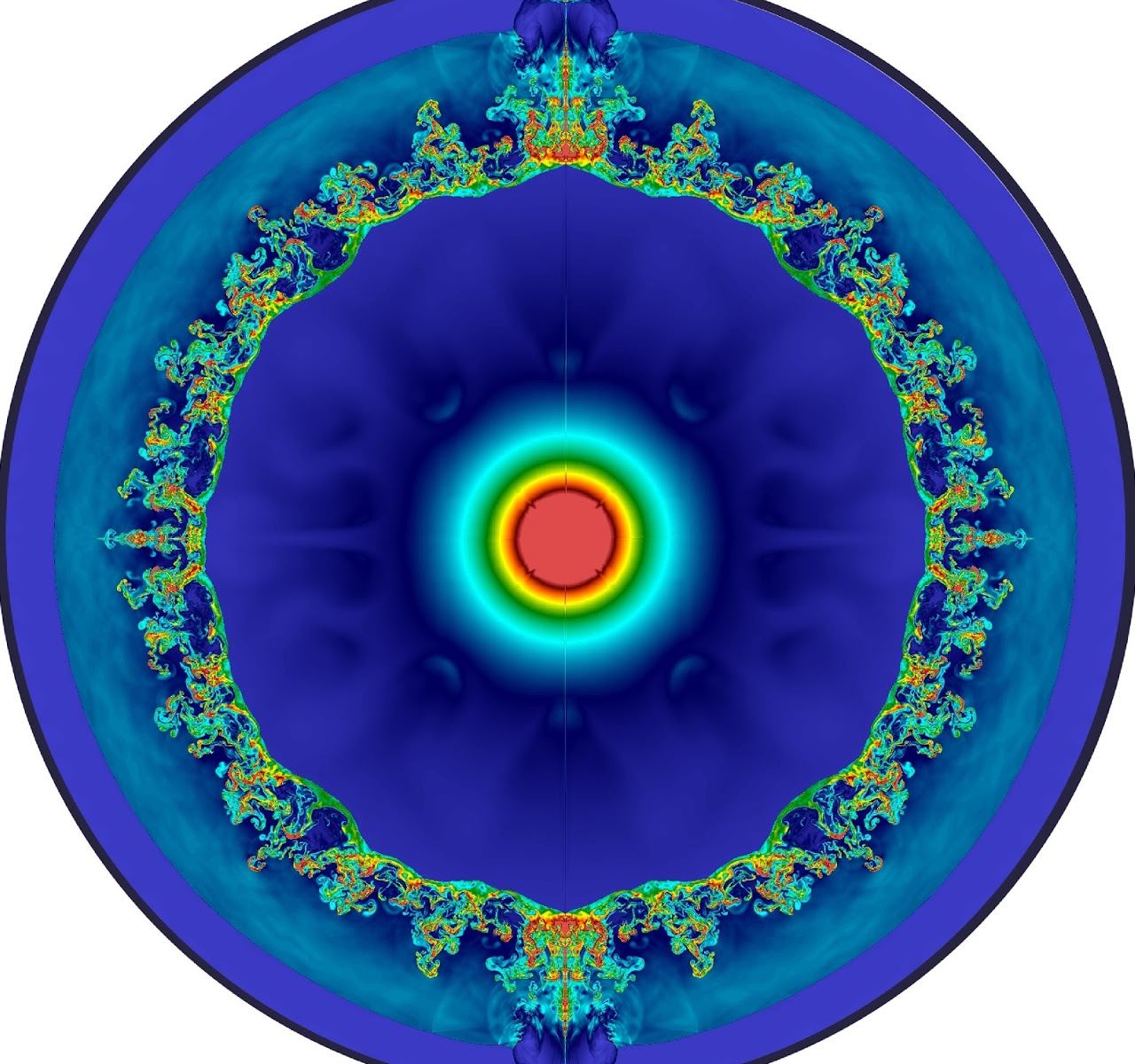
The answers to many questions in astronomy are hidden behind the veil of deep time. One of those questions is around the role that supernovae played in the early Universe. It was the job of early supernovae to forge the heavier elements that were not forged in the Big Bang. How did that process play out? How did those early stellar explosions play out?
A trio of researchers turned to a supercomputer simulation to find some answers.
Continue reading “Supercomputer Simulation Shows a Supernova 300 Days After it Explodes”Detecting the Neutrinos From a Supernova That’s About to Explode
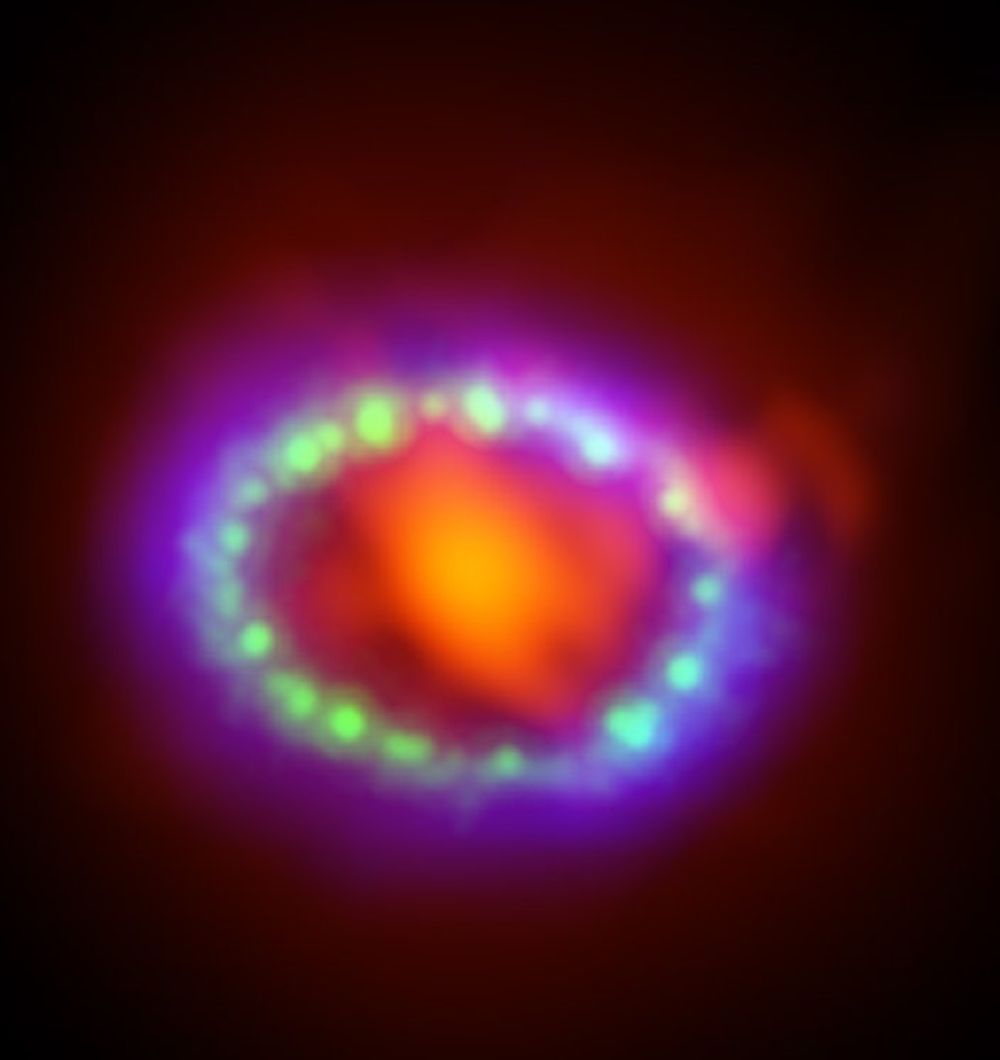
Neutrinos are puzzling things. They’re tiny particles, almost massless, with no electrical charge. They’re notoriously difficult to detect, too, and scientists have gone to great lengths to detect them. The IceCube Neutrino Observatory, for instance, tries to detect neutrinos with strings of detectors buried down to a depth of 2450 meters (8000 ft.) in the dark Antarctic ice.
How’s that for commitment.
Continue reading “Detecting the Neutrinos From a Supernova That’s About to Explode”Neutron Stars Could Have a Layer of Exotic Quark Matter Inside Them
Neutron stars are strange things. They can form when gravity kills a star, crushing its remains into a dense ball the size of a small city. They are so dense that only quantum forces and the Pauli exclusion principle keeps it from collapsing into a black hole singularity. The interior of a neutron star is so dense that matter behaves in ways we still don’t fully understand.
Continue reading “Neutron Stars Could Have a Layer of Exotic Quark Matter Inside Them”Astronomers Watch a Nova Go From Start to Finish for the First Time
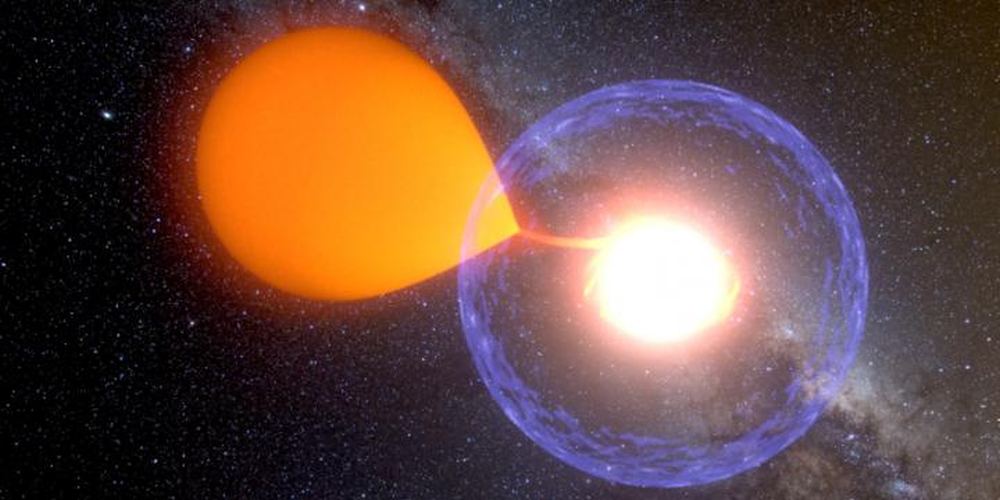
A nova is a dramatic episode in the life of a binary pair of stars. It’s an explosion of bright light that can last weeks or even months. And though they’re not exactly rare—there are about 10 each year in the Milky Way—astronomers have never watched one from start to finish.
Until now.
Continue reading “Astronomers Watch a Nova Go From Start to Finish for the First Time”The Lowest Mass Black Hole has Been Found, only 3.3 Times the Mass of the Sun
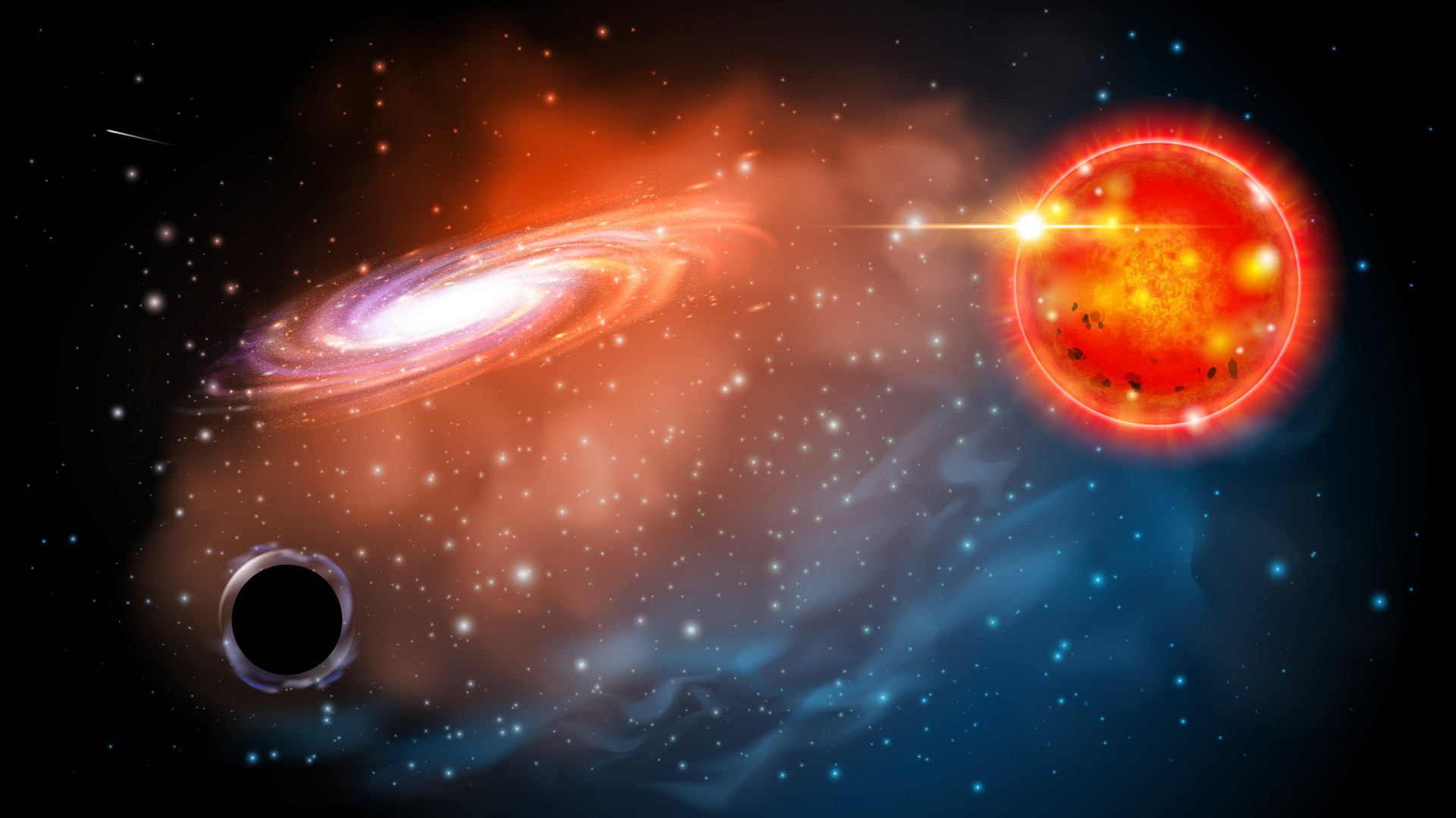
Black holes are one of the most awesome and mysterious forces of nature. At the same time, they are fundamental to our understanding of astrophysics. Not only are black holes the result of particularly massive stars that go supernova at the end of their lives, they are also key to our understanding of General Relativity and are believed to have played a role in cosmic evolution.
Because of this, astronomers have diligently been trying to create a census of black holes in the Milky Way galaxy for many years. However, new research indicates that astronomers may have overlooked an entire class of black holes. This comes from a recent discovery where a team of astronomers observed a black hole that is just over three Solar masses, making it the smallest black hole discovered to date.
Continue reading “The Lowest Mass Black Hole has Been Found, only 3.3 Times the Mass of the Sun”SOFIA Follows the Sulfur for Clues on Stellar Evolution
The high-flying SOFIA telescope is shedding light on where some of the basic building blocks for life may have originated from. A recent study published on The Astrophysical Journal: Letters led by astronomers from the University of Hawaii, including collaborators from the University of California Davis, Johns-Hopkins University, the North Carolina Museum of Natural Sciences, Appalachian State University, and several international partners (including funding from NASA), looked at a lingering mystery in planet formation: the chemical pathway of the element sulfur, and its implications and role in the formation of planets and life.
Continue reading “SOFIA Follows the Sulfur for Clues on Stellar Evolution”
